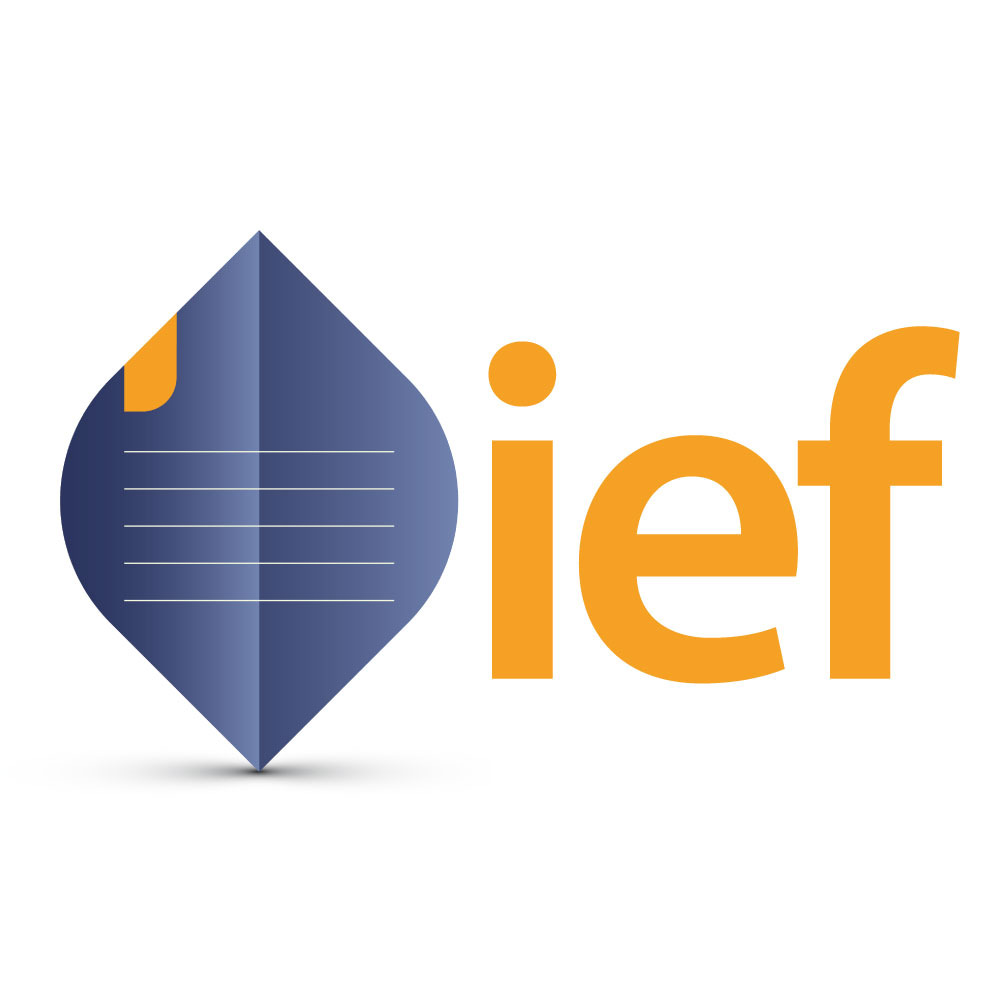Course Overview

Under the macroeconomic policy laid down by the central bank or the monetary authority of a nation, to achieve macroeconomic objectives, there are well established models and transmission mechanisms to ensure that policies and strategies are dynamic and commensurate with global trends in order to be relevant.
This module investigates the large majority of models used to analyze monetary policy and transmission of monetary policy to macroeconomic aggregates and household consumption, income and saving using detailed data from research. Underlying the transmission process is the financial market infrastructure that connects the central bank with credit institutions for the settlement of central bank liquidity and securities, which are integral to safe and efficient transactions. Moreover, financial market infrastructures interlink market participants and thus allow them to exchange financial assets in a harmonized, safe and efficient manner. The course will also discuss how monetary models and transmissions policies affect interest rates and aggregate demand, and how such policies affect macroeconomic goals like inflation, consumption, growth and liquidity.
This course is designed to provide participants with the tools necessary to develop or extend their own monetary policy framework.
Find a programme
Course Content

Until recently, empirical monetary economics largely focused on the response of aggregate timeseries to monetary policy innovations. The Models & Transmission in Monetary Policy course curriculum will allow participants to:
» Understand monetary policy and the functioning of monetary authorities
» Discover how the requirements of different sectors of the economy are met to increase the pace of economic growth
» Learn why monetary policy transmission mechanism is important and how it works
» Identify the framework(s) within which trends in monetary policy set and developed
» Analyze different measures of regulating the value, supply and cost of money in consonance with the expected level of economic activity.
» Identify channels of monetary policy transmission and the impact of prudential policies on monetary policy transmission
Find a programme
key Takeaways

Upon completing this course, participants will be able to;
» Create dynamic monetary policies that are effective and globally acceptable.
» Develop implementable approaches that have the ability to give the right signals for allocating resources efficiently.
» Customize a simple model of an economy that embodies the monetary policy transmission mechanism, and the shocks this economy may face.
» Acquire and apply tools used in modern central banks to conduct monetary policy analysis
» Start building a simple model for monetary policy analysis using their own national data.
» Contrast expansionary monetary policy and contractionary monetary policy
» Explain how monetary policy impacts interest rates and aggregate demand
Find a programme
Target Audience

Mid-level to senior officials responsible for monetary policy decision making and staff doing macroeconomic analysis and operating macroeconomic models. officials from central banks or ministries of finance/economy whose responsibilities require, or who have a strong interest in acquiring, a thorough understanding of monetary policy models and transmission.
Find a programme















